NASA Astronomy Picture of the Day 20 April 2023: The Dark Seahorse Nebula
Today’s NASA Astronomy Picture of the Day is Barnard 150, also known as the Dark Seahorse nebula.
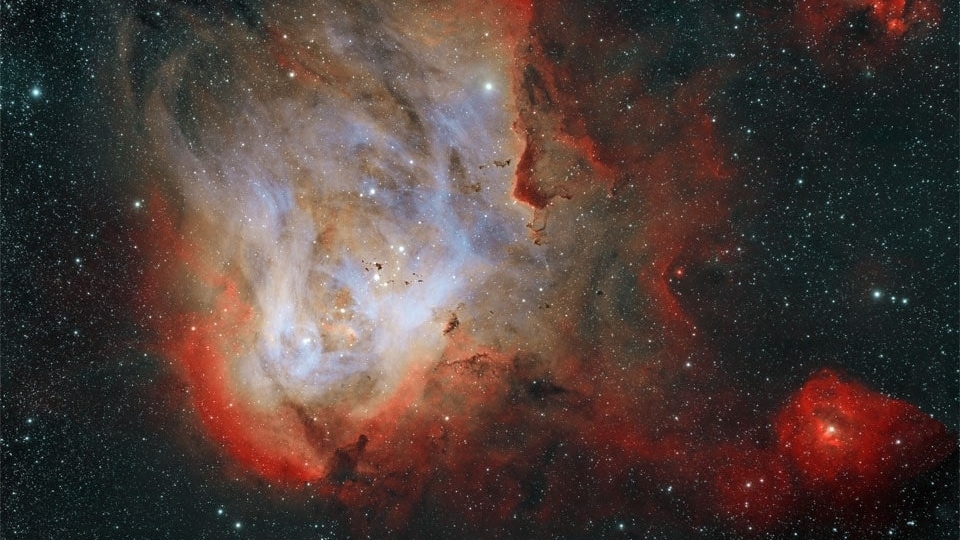
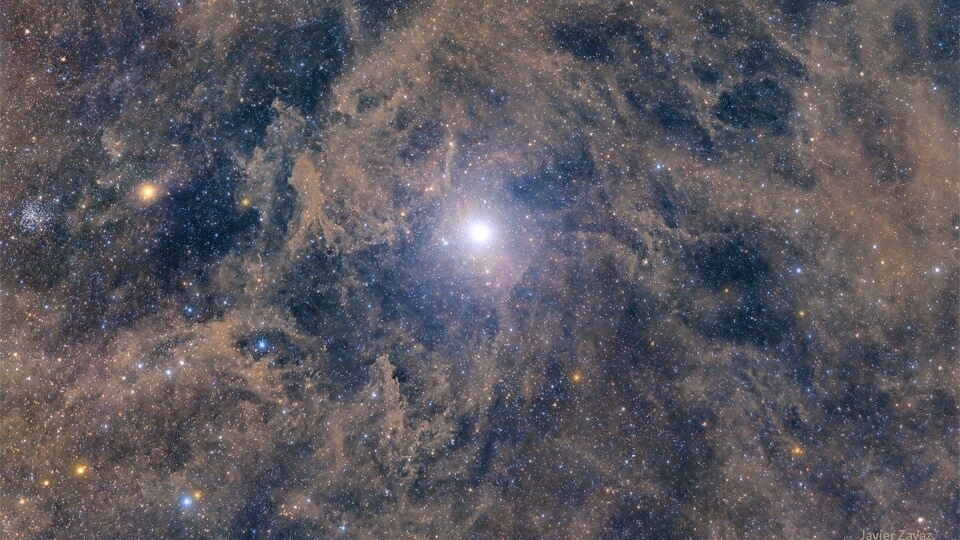

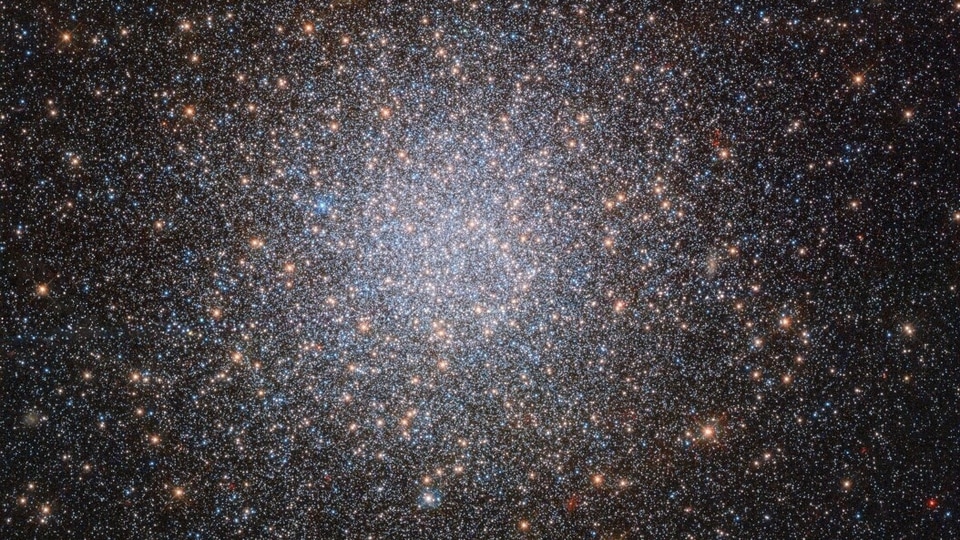
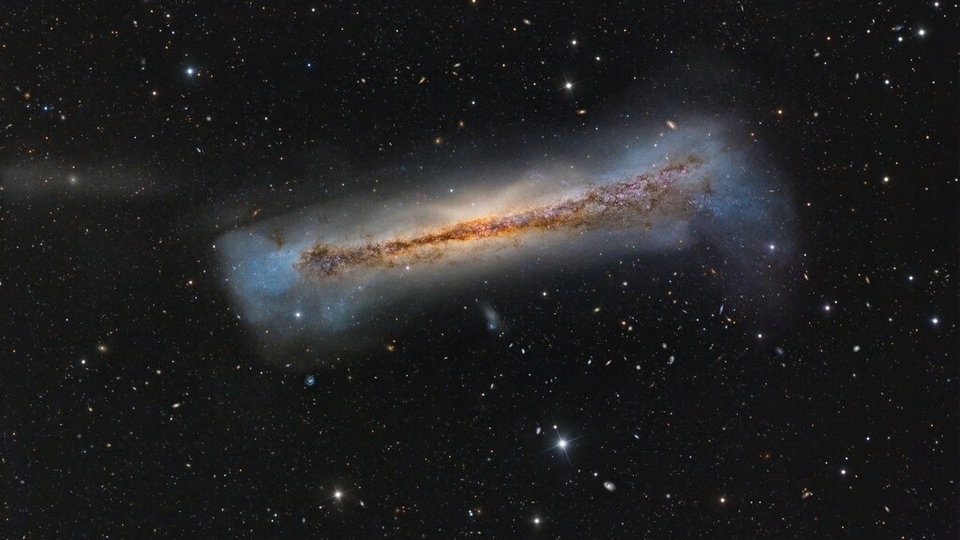
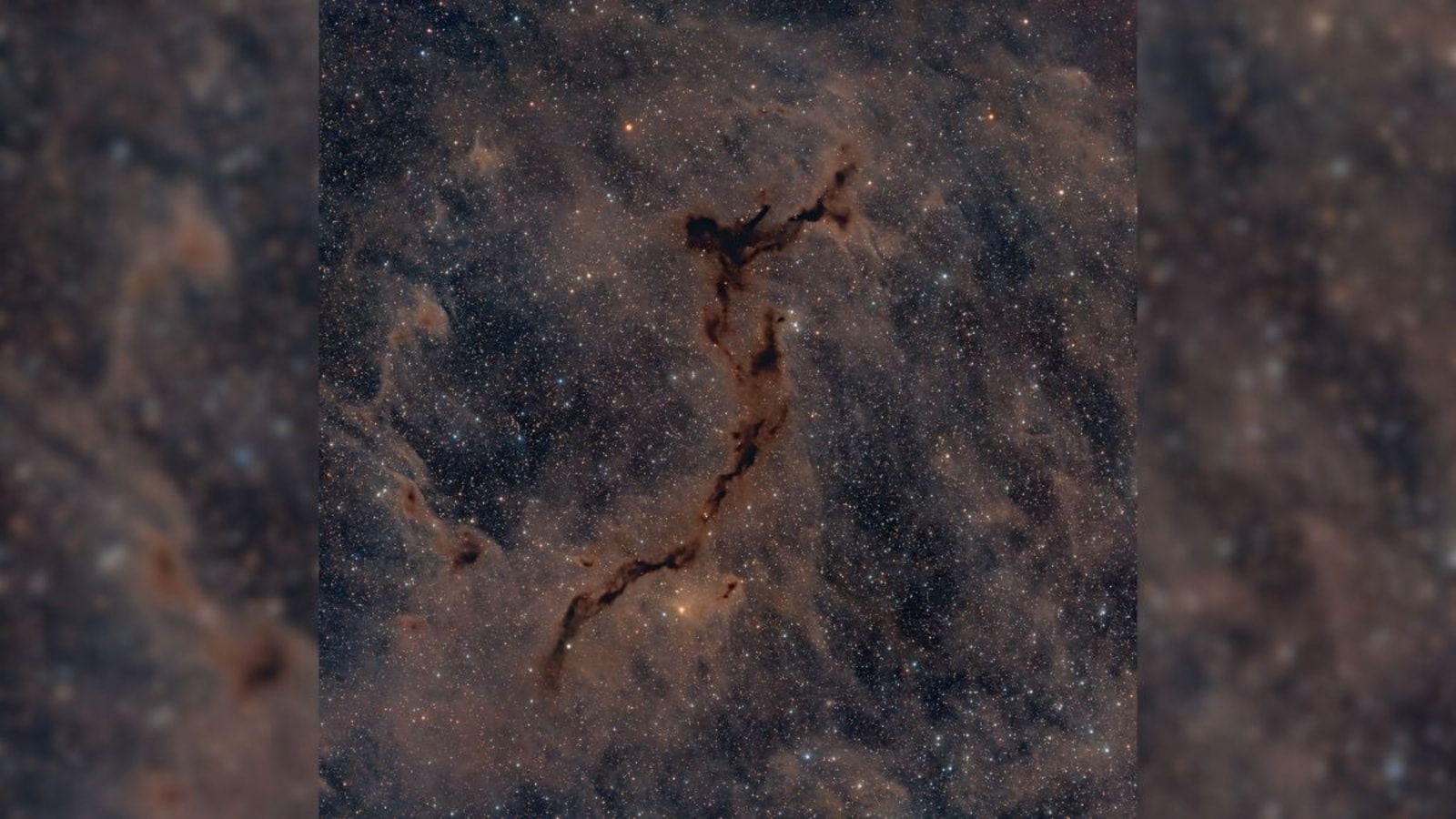
 View all Images
View all ImagesSome nebulae are irregularly shaped, so much so that they resemble objects on Earth. Some of the most peculiar shapes include the Headphone nebula, the Heart and Soul nebula and the Flying Ghost nebula. For the unacquainted, a nebula is a star forming region located in Interstellar space, which is the space between stars. It consists of gases, mainly hydrogen and helium. According to NASA, a Nebula can contain as few as ten stars or as many as millions of stars.
Today's NASA Astronomy Picture of the Day is Barnard 150, also known as the Dark Seahorse nebula. It is one of the most peculiarly shaped nebulae, located about 1200 light-years away towards the constellation of Cepheus. It is a dark molecular cloud and is so dense that the dust within blocks visible wavelengths of light. Telescopes that see visible light only detect ghostly dark patches in the sky, called Dark Nebulae.
Barnard 150 is named after astronomer Edward E. Barnard who also catalogued 182 other celestial objects in our Milky Way Galaxy.
Tech used to capture the picture
The picture was captured by astrophotographer Jeff Herman from Tierra Del Sol, California. Herman used an Alta U16M CCD camera mounted on Paramount MX+. Moreover, a Takahashi TOA-130 refractor was also used.
NASA's description of the picture
Spanning light-years, this suggestive shape known as the Seahorse Nebula appears in silhouette against a rich, luminous background of stars. Seen toward the royal northern constellation of Cepheus, the dusty, obscuring clouds are part of a Milky Way molecular cloud some 1,200 light-years distant. It is also listed as Barnard 150 (B150), one of 182 dark markings of the sky cataloged in the early 20th century by astronomer E. E. Barnard. Packs of low mass stars are forming within, but their collapsing cores are only visible at long infrared wavelengths. Still, the colorful stars of Cepheus add to this pretty, galactic skyscape.
Catch all the Latest Tech News, Mobile News, Laptop News, Gaming news, Wearables News , How To News, also keep up with us on Whatsapp channel,Twitter, Facebook, Google News, and Instagram. For our latest videos, subscribe to our YouTube channel.




























